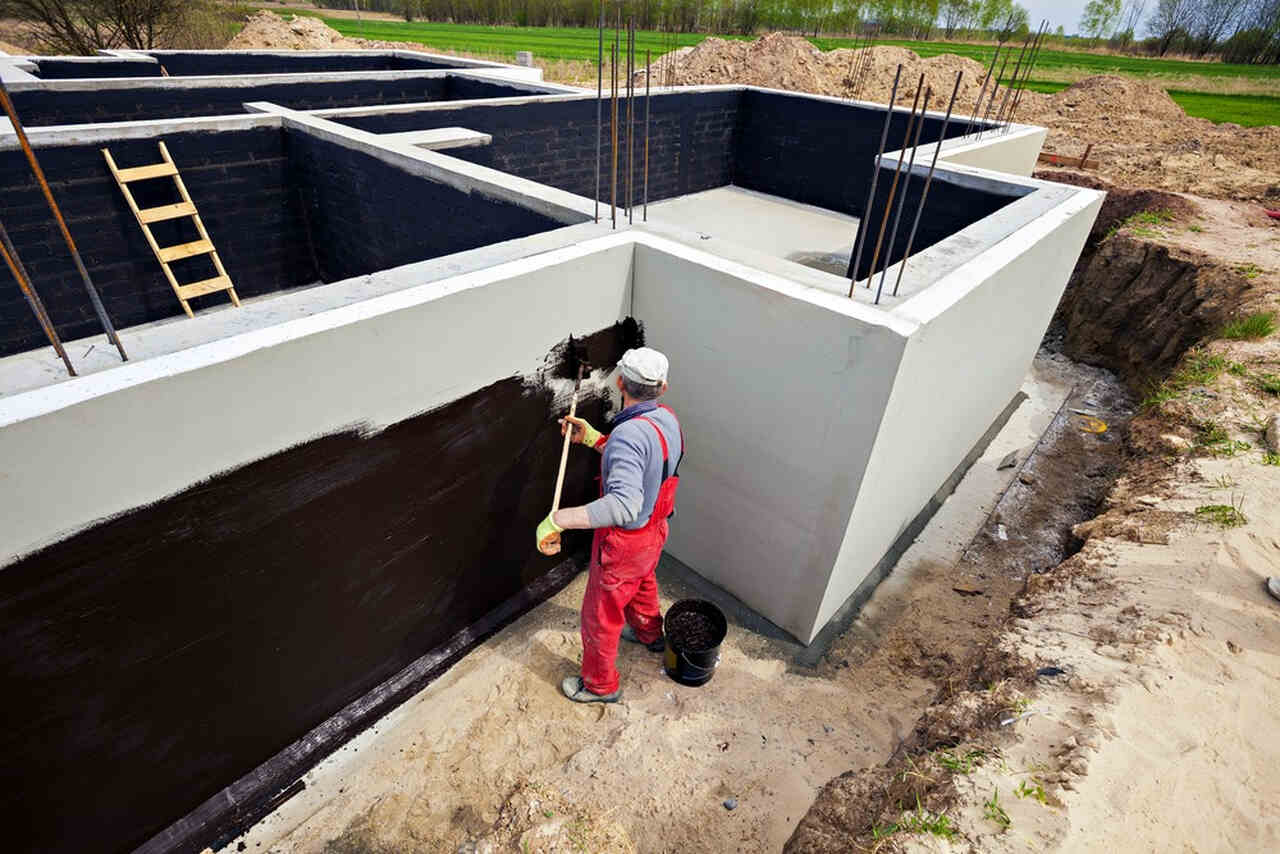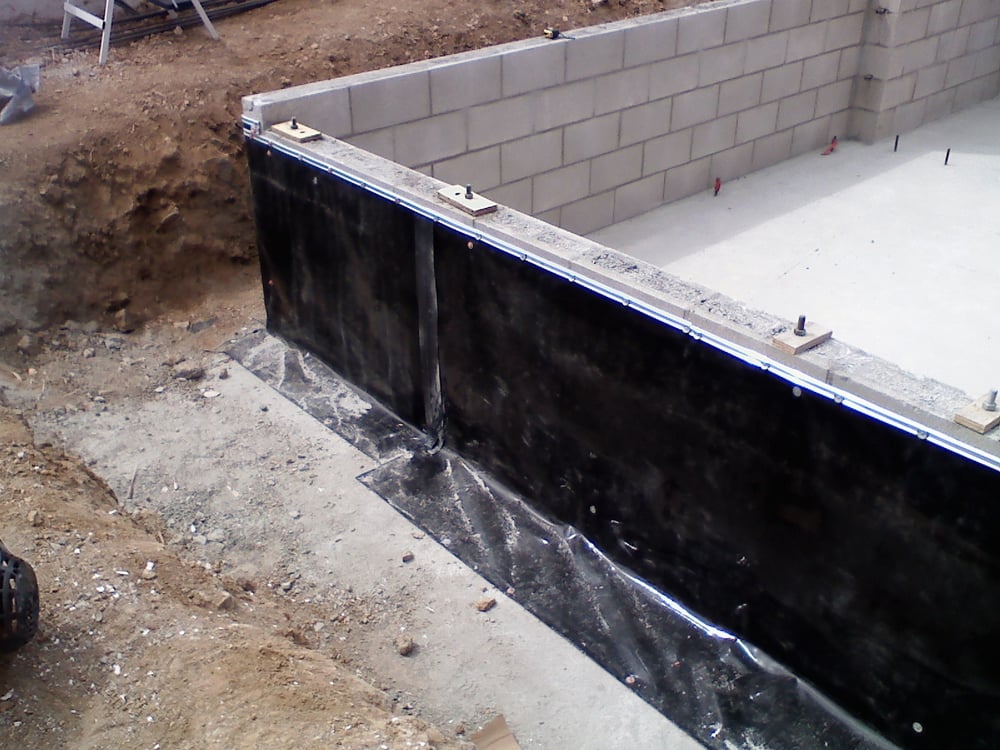Types of Waterproofing: Checking Out the Numerous Approaches and Their Applications
Waterproofing is an important element of building and maintenance. It safeguards frameworks from the damaging results of water damage. There are several approaches offered, each with its unique applications and advantages. From membrane systems to cementitious services, comprehending these choices is important for efficient execution. The selection of waterproofing technique can considerably impact resilience and longevity. Checking out these various techniques reveals their unique benefits and prospective obstacles, prompting additional factor to consider of perfect options.
Membrane Layer Waterproofing Systems
Membrane layer waterproofing systems act as an essential barrier against water intrusion in various structures. These systems normally consist of slim sheets made from products like rubber, polycarbonate, or bitumen, which are used to surface areas to avoid dampness infiltration. They can be installed over or listed below grade and are especially reliable in locations prone to high water direct exposure, such as basements, roofings, and foundations.The setup process includes cleaning the substratum, applying adhesives or primers, and exactly suitable the membrane to assure complete protection. Membrane systems can be either completely adhered, mechanically affixed, or laid loose, depending on the certain demands of the job. They use durability and versatility, suiting structural activities without jeopardizing their waterproofing abilities. Moreover, these systems can be enhanced with extra layers for enhanced defense. Eventually, membrane layer waterproofing systems are necessary for securing structures versus water damages and preserving lasting integrity.
Liquid-Applied Waterproofing Coatings
Liquid-applied waterproofing coatings give a functional service for safeguarding surface areas from water seepage - Sump pump discharge drainage Omaha. These coatings contain liquid products that, when used, create a smooth, versatile membrane. Their versatility enables for application on various substratums, including concrete, steel, and wood. The layers can be used in diverse settings, from household to industrial setups, making them ideal for roofing systems, foundations, and below-grade structures.One significant advantage of liquid-applied finishings is their capability to adapt uneven forms and pass through splits, producing a robust obstacle against dampness. They commonly display outstanding bond homes and resistance to UV radiation, ensuring long life and sturdiness. Additionally, the application process is generally simple, permitting for quick installment and reduced labor costs. This approach additionally reduces the threat of water pooling, as the continual layer efficiently directs water far from at risk locations. Overall, liquid-applied waterproofing coverings are an efficient option for detailed water defense
Cementitious Waterproofing Solutions

Cementitious waterproofing services use a robust option for frameworks calling for reputable dampness protection. These systems largely utilize a blend of concrete, sand, and chemical ingredients to develop a water resistant barrier. They are often related to surfaces such as concrete walls, foundations, and floors, offering a resilient, long-lasting defense versus water intrusion.One of the vital benefits of cementitious waterproofing is its ease of application; it can be applied using a brush, roller, or spray, making it suitable for like it different job dimensions. Additionally, this technique works with several surfaces and can usually be utilized along with other waterproofing techniques.Cementitious remedies are especially efficient in atmospheres where water direct exposure is a concern, such as cellars or below-grade structures. Their excellent adhesion homes ensure that they bond well with substratums, supplying a solid and nonporous layer versus wetness infiltration.
Bentonite Waterproofing
Bentonite waterproofing is an extremely effective method that uses sodium bentonite clay to create an all-natural barrier versus water. This strategy makes use of the distinct buildings of bentonite, which broadens upon contact with water, sealing any type of prospective leakages and stopping dampness infiltration. It is typically used in various applications, including structure wall surfaces, passages, and retaining walls, where water resistance is essential.Bentonite can be applied in numerous kinds, such as panels or coverings, offering versatility in installation. Its capability to self-seal makes it an attractive option for areas subject to shifting dirt or rising and falling water degrees. Additionally, bentonite waterproofing is eco friendly, as it is a natural product that does not introduce damaging chemicals right into the surroundings.
Drain and External Waterproofing Solutions
Reliable waterproofing typically includes a combination of approaches, consisting of water drainage and external systems. Drain systems, such as French drains pipes and sump pumps, are designed to reroute water away from structures, reducing hydrostatic stress versus foundations. These systems are necessary in preventing water accumulation that can bring about structural damages and mold and mildew growth.External waterproofing, on the other hand, involves using safety barriers to the building's outside. Methods such as the installment of water resistant membranes, coatings, or sealants can help protect against water infiltration. This technique not just safeguards the structure yet additionally boosts the general toughness of the structure.Together, drain and external waterproofing systems develop a detailed solution to handle water properly. By carrying out these techniques, building owners can protect their investments versus the destructive effects of wetness, ensuring long-lasting security and security for their structures.
Regularly Asked Concerns
How Do I Pick the Right Waterproofing Technique for My Task?
Picking the appropriate waterproofing technique depends on aspects such as task kind, environmental conditions, budget plan, and desired long life. Examining these elements enables informed choices tailored to details requirements and needs.

Can Waterproofing Be Applied in Cold Climate Conditions?
Waterproofing can be applied in hop over to here cool climate conditions, however it requires particular products and methods. Cold temperature levels may impact treating times and bond, requiring careful choice of products created for low-temperature application.
What Are the Usual Indications of Waterproofing Failing?
Typical indications of waterproofing failing include noticeable water spots, peeling off paint, wet odors, mold and mildew growth, and splits in wall surfaces or foundations. Foundation waterproofing Omaha. These indications recommend that dampness is penetrating the barrier, endangering its performance
The Length Of Time Does Waterproofing Last Prior To Requiring Upkeep?
The durability of waterproofing varies, commonly lasting in between 5 to one decade. Variables such as material top quality, ecological conditions, and maintenance techniques influence its sturdiness, necessitating regular assessments to ensure efficient security versus water invasion.
Exist Eco-Friendly Waterproofing Options Available?
The try this web-site question of green waterproofing options exposes a growing interest in sustainable materials (Water Solutions). Various natural materials, such as plant-based sealers and recycled items, supply efficient services while lessening environmental influence, attracting environmentally conscious customers